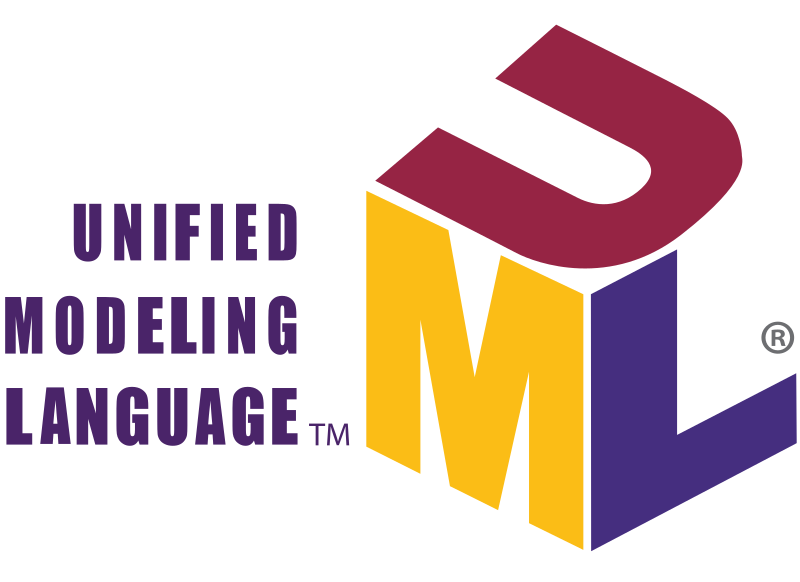Unified Modeling Language (UML) and Object Oriented Design (OOD) are both widely used techniques for modeling and designing software systems. While they share many similarities, they also have some key differences. This article will provide an overview of both UML and OOD, highlighting the similarities and differences between the two.
What is UML?
UML is a visual language used to model software systems. It provides a standard set of graphical elements that are used to create diagrams that represent the architecture, design, and behavior of a software system. UML provides a standardized way to model and document software systems, making it easier for software professionals to communicate their designs and ideas to others. Additionally, UML can be used to generate code, reducing the amount of manual coding required and speeding up the development process.

Unified Modeling Language can be considered as a progression from object-oriented (OO) analysis and design. The fundamental idea behind OO design is that objects contain both data and the methods that control it, where the data represents the state of the object. Classes, which describe objects and form a hierarchy to model real-world systems, are used to accomplish this. The hierarchy is depicted through inheritance, and classes can also be associated in various ways as required.
What is Object Oriented Design?
OOD, on the other hand, is a design approach used to build software systems. It is based on the principles of object-oriented programming, which seeks to model software systems as collections of objects that interact with each other.
The Object Oriented Design approach places a strong emphasis on encapsulation, inheritance, and polymorphism, enabling developers to create modular and reusable software systems.
Below are some of the key concepts that make up the object-oriented world:
- Objects – Objects are the real-world entities and serve as the foundational element.
- Class – The class serves as a blueprint for an object.
- Abstraction – Abstraction represents the behavior of a real-world entity.
- Encapsulation – Encapsulation binds data together and protects it from outside influences.
- Inheritance – Inheritance allows for the creation of new classes from existing ones.
- Polymorphism – Polymorphism defines the ability to exist in multiple forms.
UML VS OOD
- One of the key similarities between UML and OOD is that both are based on the principles of object-oriented programming. UML diagrams provide a visual representation of the objects and interactions in a software system, while OOD focuses on the actual design and implementation of those objects. Both UML and OOD also emphasize the importance of modeling software systems in a way that is easy to understand, maintain, and modify over time.
- However, there are also some key differences between UML and OOD. One of the biggest differences is that UML is a visual language, while OOD is a design approach. This means that UML is used to represent the design of a software system, while OOD is used to actually build the software system. Additionally, UML is a standard maintained by the Object Management Group (OMG), while OOD is not a standard and can be implemented in different ways by different organizations.
- Another difference between UML and OOD is that UML is typically used for modeling and documenting software systems, while OOD is used for the actual design and implementation of software systems. UML diagrams are used to represent the structure and behavior of a software system, while OOD focuses on the implementation of those structures and behaviors. This means that UML is typically used by software architects, designers, and analysts to visualize and communicate their designs, while OOD is used by developers to actually build and implement the software system. This division of labor between modeling and design allows for a more efficient and effective development process, as designers and developers can work together to build a software system that meets the requirements and expectations of stakeholders.
UML and Object Oriented Design: A Complementary Partnership

UML (Unified Modeling Language) and Object Oriented Design (OOD) are two interrelated tools that work together to provide a complete solution for software development. UML is a graphical language used to model and document software systems, while OOD is a design methodology that emphasizes the use of objects, inheritance, encapsulation, and polymorphism to build modular and reusable software systems. UML provides a visual representation of the structures and behaviors of a software system, while OOD provides the implementation of those structures and behaviors. The combination of UML and OOD provides a complete software development process, where the design is represented and documented using UML diagrams, and then implemented using OOD concepts. UML and OOD are complementary to each other, and their synergy results in better software design, documentation, and implementation.
Conclusion
In conclusion, UML and OOD are both important tools for modeling and designing software systems, but they serve different purposes and are used by different people in the development process. UML provides a standardized way to model and document software systems, while OOD is a design approach used to build and implement those systems. When used together, UML and OOD can help ensure that software systems are designed and built in a way that is easy to understand, maintain, and modify over time.
Other UML Resources
- Official UML website (uml.org)
- TutorialsPoint (tutorialspoint.com/uml)
- GeeksforGeeks (geeksforgeeks.org/uml-unified-modeling-language)
- Wikipedia (wikipedia.org/wiki/Unified_Modeling_Language)
- IBM Developer (developer.ibm.com/articles/tag/uml)
- DZone (dzone.com/articles/tag/uml)
Visual Paradigm UML Resources
- The Best UML Free Tool
- What is UML?
- Why UML Modeling?
- Overview of the 14 UML Diagram Types
- What is Class Diagram?
- What is Component Diagram?
- What is Deployment Diagram?
- What is Object Diagram?
- What is Package Diagram?
- What is Composite Structure Diagram?
- What is Profile Diagram?
- What is Use Case Diagram?
- What is Activity Diagram?
- What is State Machine Diagram?
- What is Sequence Diagram?
- What is Communication Diagram?
- What is Interaction Overview Diagram?
- What is Timing Diagram

